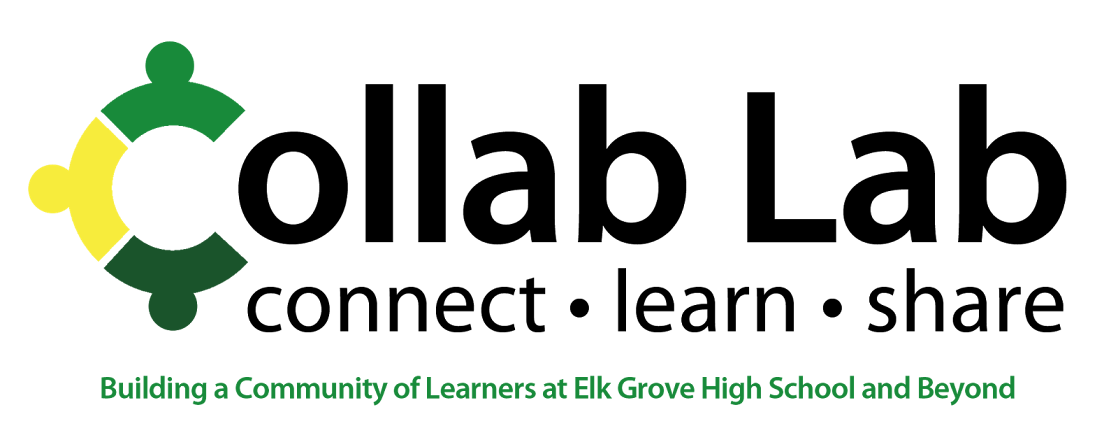By Melissa Curtis
We’ve been hearing a lot about clear learning targets and meaningful feedback the last couple of years. Many teachers I know have been using learning targets in their curriculum for years, but maybe not explicitly sharing them with their students or getting any feedback. I have been using a simple yet effective way to use daily goals or learning targets in my classes that might be helpful to other teachers.
First, I have created a document called Daily Goals that I post in Schoology.
Students open this document in Notability every week. They can reuse the same one from week to week and just erase last week’s info. Some choose to upload it from Schoology each week and “add to existing note” so they have one long note instead of 36 different ones throughout the school year. Each day when they come into class, I have the daily goal projected on the screen for them to write down in the left-hand column. I post these in my calendar in Schoology so even when students are absent, they can see the daily goal and any handouts/links we used that day. Here is an example:
At the end of class, I ask students to write a response to the daily goal. This should be a thoughtful comment about what we learned that day in class. It guides students and myself to focus on the clear purpose of the lesson. By Friday, their daily goals document should look like this:
Every Monday, or first day of the week, I walk around the room and check their goals from the prior week. I give students a small homework grade of 5 points for this. The real value though is in getting a snapshot of what students learned that week. In their own words, they are narrowing down my curriculum into the simplest forms. I usually spot check one or two days for each student and I can comment on any mistakes they have made. I can also get a sense of the whole class and clear up any misconceptions as a group.
In my experience, students like the structure and routine of a class. They know when they come in to take out their iPads and start writing down the daily goal. At the end of class, it provides closure for the lesson and I can call on random students to help answer it for the whole class. When students are absent, it provides a quick answer to “What did I miss yesterday?”. It has become an expectation that most students buy into pretty quickly. Yes, there are some who don’t do it or copy it from a friend, but you can monitor those individual cases pretty easily. I have been doing this for years and like the simplicity and accountability of the daily goals. Now, I will start calling them Learning Targets :)
Feel free to use or modify anything you see here!








